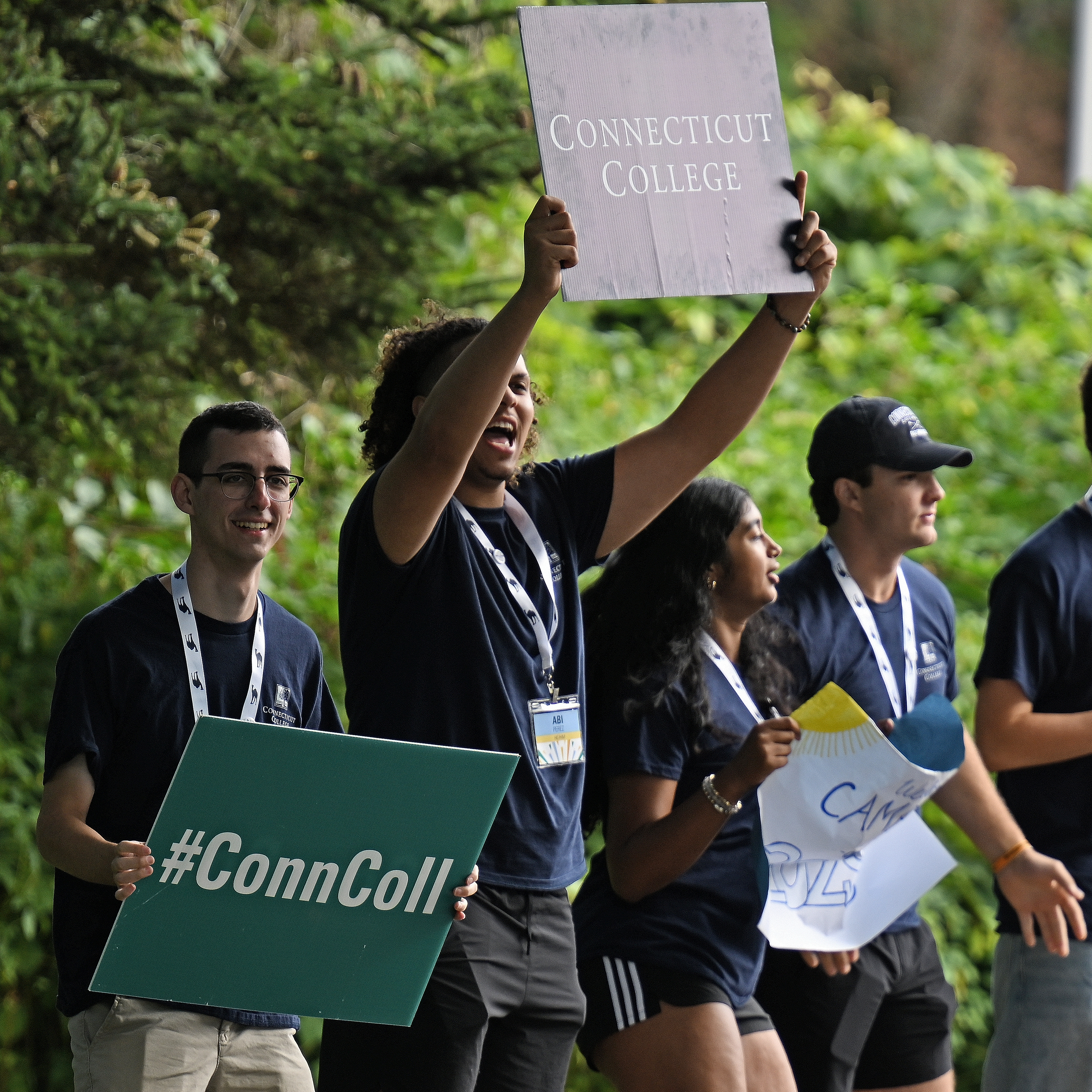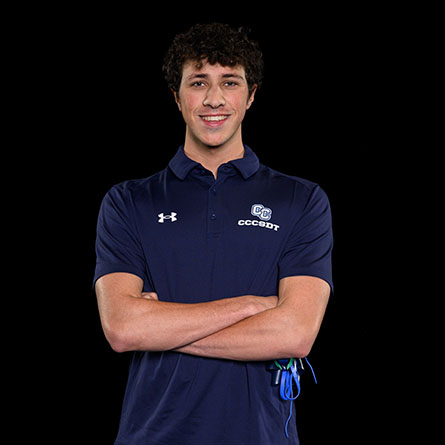
Breaking down barriers attracts more students to Conn
If you break it down, they will come.
Applicants for Connecticut College’s Class of 2023 have responded in great numbers to the College’s removal of barriers that may have once prevented them from even applying. Among an increase in overall applications, Conn received more applications than ever before from U.S. students of color (up 6.5 percent), first-generation students (up 13.7 percent) and international students (up 13.2 percent)—communities that have often been underrepresented in higher education.
“Connecticut College was founded because women could not get a college education in the state a century ago,” says Andrew Strickler, dean of admission and financial aid. “It’s long been in our DNA to create an environment where everyone can receive an education, and word is clearly getting out about the steps we are taking to build on our longtime commitment to inclusivity.”
Ten years ago, Conn stopped requiring applicants to provide standardized test scores, after admission staff saw no differences in the academic success of those who submit test scores and those who do not. More recently, Conn removed the financial barrier of an application fee.
These efforts go beyond the work of the Office of Admission. A major goal of the College’s strategic plan is full participation, a commitment to providing an environment in which all people can thrive, reach their full potential and contribute. And the success of Conn’s campuswide system of shared governance, in which the perspectives of all members of the community are considered in the decision-making process, is strengthened by the diversity of that community.
Applications from the mid-Atlantic, western and southern U.S. were also up, indicating Conn’s geographic reach has extended beyond the traditional markets of New England, New York, New Jersey and Pennsylvania.
“We’ve removed some barriers, but we’ve also built some bridges because we believe inclusivity should encompass as much geographic diversity as possible,” says Strickler. “However, our efforts wouldn’t have resulted in these new applicants if not for the appeal of our integrative liberal arts education. More students are recognizing the need for an interdisciplinary and purposeful approach to learning that not only encompasses their lives in college but extends to their lives beyond.
“And we’re recognizing that more of the students who apply to Conn show a dedication to the common good and are eager to engage with their community in meaningful ways. This is at the heart of full participation, and of Connecticut College.”

